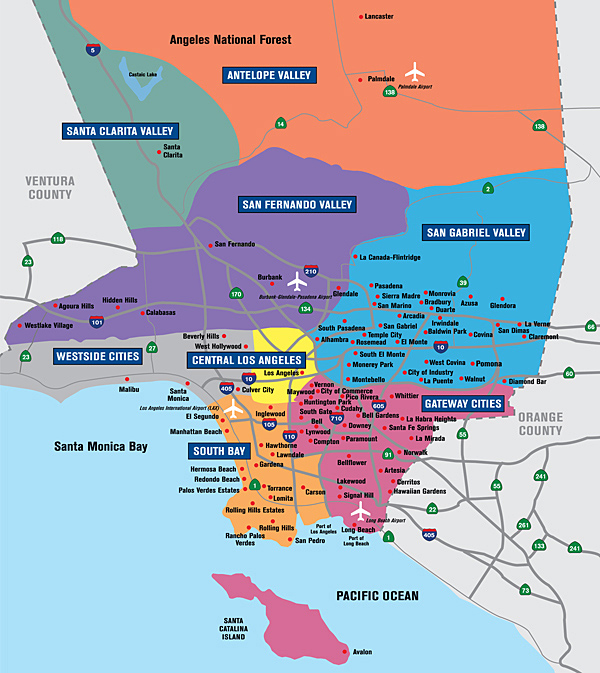I think in my opening entry on this blog, I mentioned that a Black Phoebe resides near my house. Well, in the past few weeks, we have observed a couple patch up an old nest up on a sill on the porch just outside our front door. The nest is admirably located in such a way that it is not visible from the house, or even from the outside except from a fairly narrow viewing angle, because of a cypress tree that obscures the porch from one side, and the covering provided by the sides of the porch roof.
For the past week or so, we have been observing one of them that I believe is the female, sitting in the nest at nearly all times, apparently incubating the eggs. The male has been impressively protective of her and the nest, perched on a branch close to the nest and chasing away warblers and finches that dared to approach nearby, and even raising his wings to threaten a crow. When humans pass by on the sidewalk, they generally ignore them, unless they get too close or loud. But otherwise, they are quite sensitive to any disturbance, and will both flit away if a human stands or sits even 25 feet away, but in sight of the nest, as I tried to do one day.
To accommodate the nervous parents, we've taken to using a back door instead as much as possible (though the newspaper and mail deliveries impose two somewhat predictable disturbances each day). And I've installed a web cam to look at the nest. Nervous about scaring them away, I set up the web cam a bit far. For now it suffices to let us know when the female is in the nest. Here are two screen shots:
They were taken at day and night respectively yesterday. Though not very clear, you can just make out the tail of the bird sticking out of the nest in different directions in the two images (to the left and to the right, respectively).
From investigations on the web, it appears that a Black Phoebe typically lays 1-6 eggs and that the incubation period is 15-17 days. Though I don't recall the exact day we noticed that the female had started sitting, I think we should be only a week or so from hatching. I'm quite excited at the prospect.
I also found online a paper containing an account of a family of Black Phoebes written by a Professor at UC Berkeley back in 1937 or so. I hope to find some time to post some excerpts of it one of these days.









